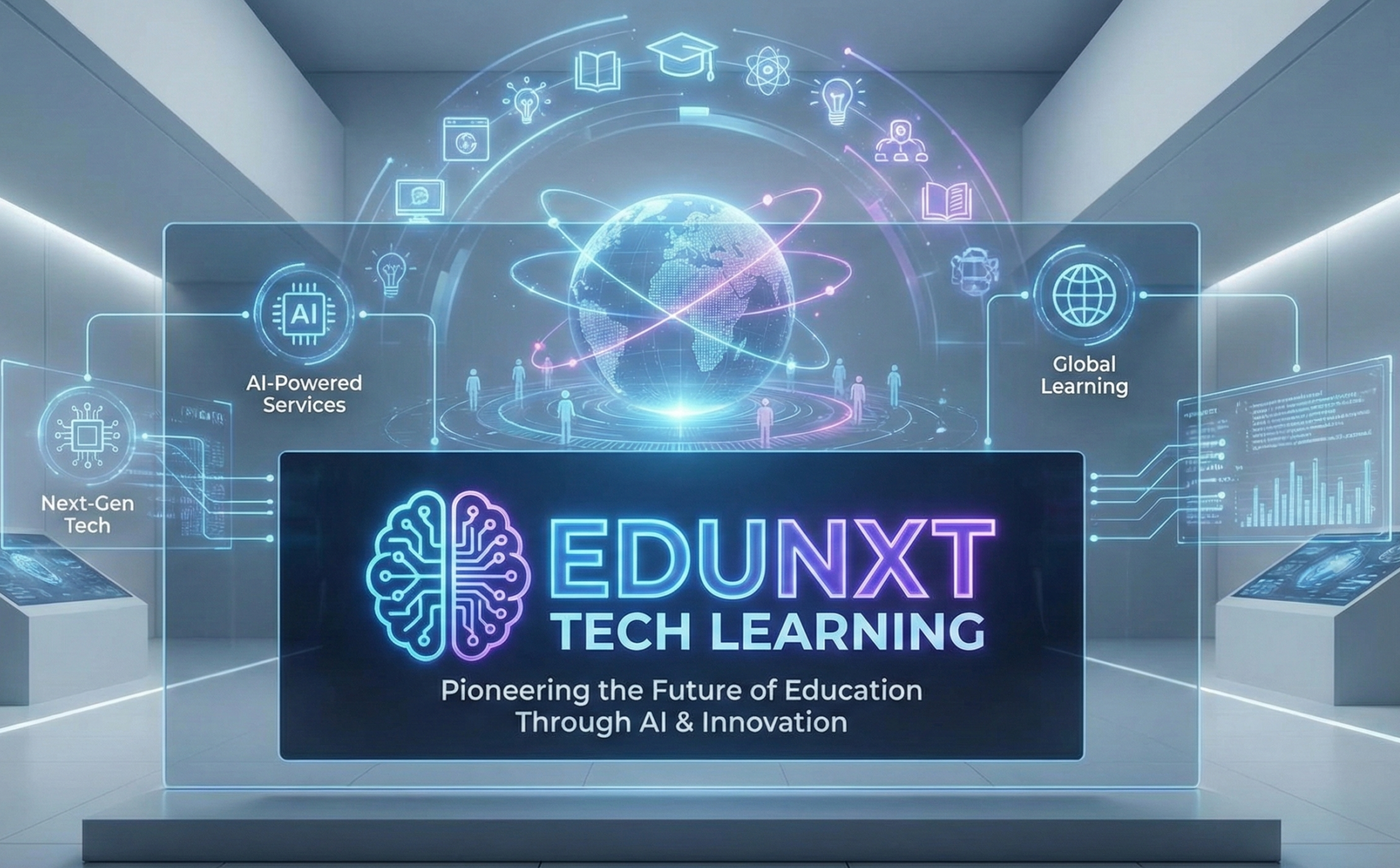What is Generative AI?Everything you need to know
Introduction:
Artificial intelligence (AI) is rapidly advancing and taking the world by
storm. One area of AI that has seen tremendous growth in recent years is
generative AI. Generative AI is a type of AI that uses machine learning to
generate new data that is similar to the training data it has been exposed to.
In this article, we will explore what generative AI is, how it is developed,
its founder, and its future uses.
What is Generative AI?
Generative AI is a type of artificial intelligence that is designed to
generate new data or information that is similar to the training data it has
been exposed to. This technology is based on the idea of modeling probability
distributions, which is a technique used to estimate the probability of a
specific event based on a set of data. Generative AI uses this technique to
create new data that is similar to the data it has been trained on.
The most common types of generative AI are Generative Adversarial Networks
(GANs) and Variational Autoencoders (VAEs). GANs are a type of neural network
that is designed to generate new data by pitting two networks against each
other. One network, called the generator, generates new data, while the other
network, called the discriminator, evaluates the generated data to determine if
it is real or fake. The generator network then uses this feedback to improve
its ability to generate realistic data.
VAEs are a type of neural network that is designed to generate new data by
learning the probability distribution of the input data. VAEs use an encoder network
to compress the input data into a lower-dimensional representation, which is
then used by the decoder network to generate new data that is similar to the
input data.
How is Generative AI Developed?
Generative AI is developed using machine learning techniques such as deep
learning, which is a subset of machine learning that uses neural networks to
model complex relationships between data. The process of developing generative
AI typically involves the following steps:
1. Data
Collection: The first step in developing generative AI is to collect a large
dataset of examples that the model can learn from.
2. Preprocessing:
Once the data has been collected, it needs to be preprocessed to remove noise
and outliers and to ensure that it is in a format that can be used by the
model.
3. Model
Selection: The next step is to select the appropriate generative AI model for
the task at hand. This could involve choosing between GANs and VAEs, or
selecting a specific type of neural network architecture.
4. Training:
The model is then trained using the preprocessed data. This involves adjusting
the model’s parameters to minimize the difference between the generated data
and the real data.
5. Evaluation:
Once the model has been trained, it needs to be evaluated to determine how well
it performs. This could involve testing the model on a separate dataset or
using other metrics such as precision, recall, and F1 score.
6. Optimization:
Finally, the model can be optimized by adjusting the parameters or changing the
architecture to improve its performance.
Who is the Founder of Generative AI?
Generative AI is a relatively new field, and there is no one person who can
be credited with its invention. However, there are several individuals who have
made significant contributions to the field. One of the most influential
figures in generative AI is Ian Goodfellow, who is credited with inventing
GANs. Goodfellow developed the GAN architecture while working on his PhD at the
University of Montreal in 2014. Since then, GANs have become one of the most
popular generative AI techniques and have been used in a wide range of
applications, including image and video synthesis, text generation, and drug
discovery.
Future Uses of Generative AI:
Generative AI has a wide range of potential future uses in a variety of
fields. Here are some examples:
1. Creative
Arts: Generative AI has already been used to generate art and music, and it has
the potential to revolutionize the creative arts. Artists and musicians can use
generative AI to create new works that are inspired by existing pieces or to
create entirely new works from scratch.
2. Gaming:
Generative AI can be used to generate new game content such as levels,
characters, and quests. This can help to keep games fresh and exciting, even after
players have completed the main storyline.
3. Virtual
Reality: Generative AI can be used to create realistic virtual environments and
characters. This can help to enhance the immersion of virtual reality
experiences and make them more believable.
4. Marketing:
Generative AI can be used to generate personalized marketing content such as
product recommendations and advertisements. This can help to improve the
effectiveness of marketing campaigns and increase sales.
5. Medical
Research: Generative AI can be used to design new drugs and predict the
potential side effects of existing drugs. This can help to speed up the drug
discovery process and reduce the risk of harmful side effects.
6. Education:
Generative AI can be used to generate personalized educational content that is
tailored to each student’s individual learning style. This can help to improve
student engagement and retention.
Generative AI is a powerful technology that has the potential to
revolutionize a wide range of industries. By using machine learning techniques
to generate new data, generative AI can help to enhance creativity, improve
marketing, speed up drug discovery, and much more. With its ability to learn
from existing data and generate new data that is similar to it, generative AI is
a key technology for the future of AI and machine learning.


